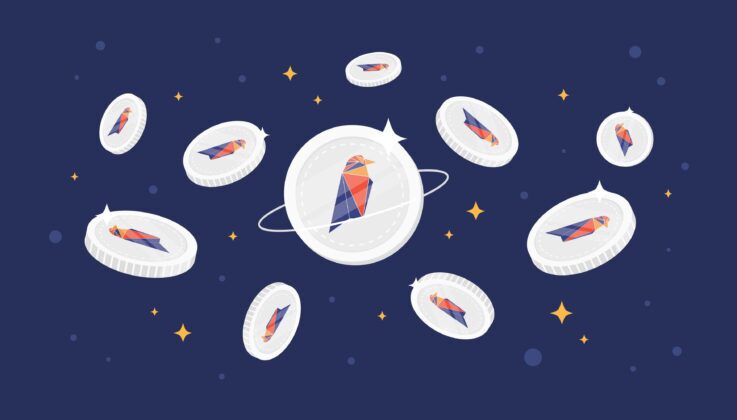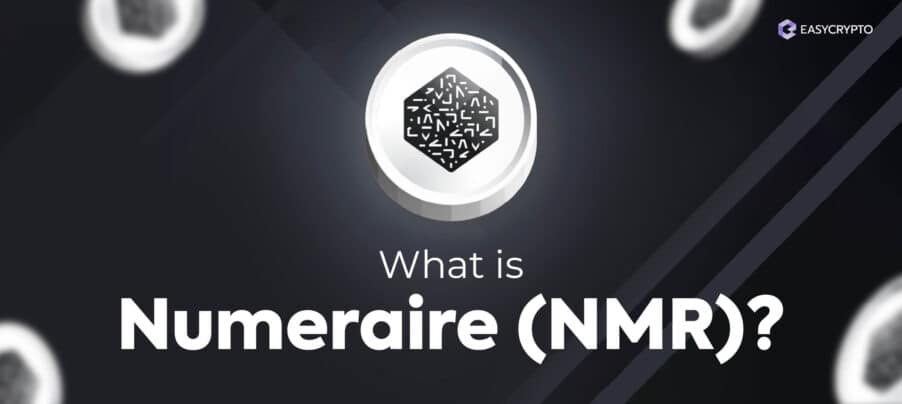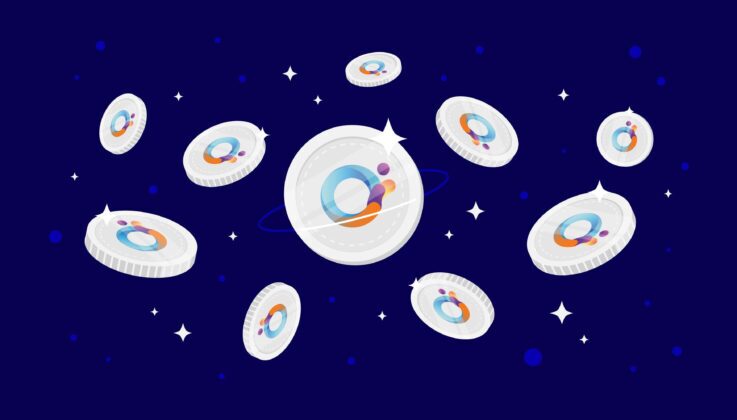What is Loopring (LRC)? How Does It Work?
Loopring is a protocol that enables developers to deploy decentralised exchanges and other DeFi applications on Ethereum in a scalable and cost-effective way.
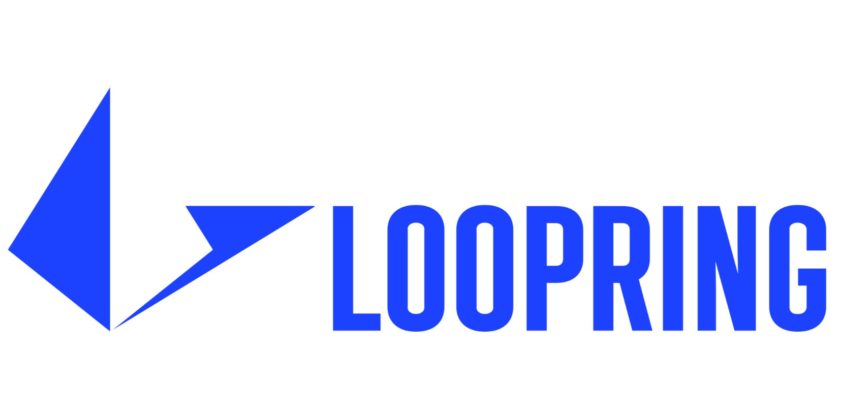

Developers can build all kinds of decentralised applications (dapps) on Ethereum. Unfortunately, due to the network’s high demand, it becomes impractically expensive to run even a simple peer-to-peer trading programme, which is the key component of any decentralised exchange (DEX).
There have been scaling solutions for Ethereum, such as the Layer 2 solution. Loopring is a Layer 2 protocol for Ethereum that enables high transaction throughput by processing data off-chain.
The Loopring protocol then “rollup” the result of its data processing back onto Ethereum, to ensure that the data remains immutable on Ethereum’s decentralised network.
With Loopring, trading on Ethereum’s network becomes a more pleasant experience, as users will not experience long waiting times due to high latency. In addition, users can also control their funds using their own wallets and private keys.
Get to know more about Loopring and why the protocol is valuable to the world of decentralised finance (DeFi).
New to DeFi? Don’t miss our guide on Decentralised Finance (DeFi).
What is Loopring (LRC)?
It’s important to note that Loopring itself is not a decentralised exchange, but a protocol that facilitates the creation of scalable Ethereum-based DEXs. This means Loopring acts as a super-fast data processing protocol that dapp developers can link to as they deploy their dapps on Ethereum.
What is Loopring?
Loopring is a protocol that enables developers to deploy decentralised exchanges and other DeFi applications on Ethereum in a scalable and cost-effective way.
Loopring should not be confused with Loopring.io, which is a decentralised exchange which uses the protocol. Loopring is also not a side-chain network, unlike the Polygon Network that aims to connect Ethereum with other blockchain networks.
There are a number of advantages for Ethereum-based DEX operators to deploy using the Loopring protocol:
1. Cost-efficient trading on Ethereum
DEXs can operate in a cost-efficient manner. This advantage is also felt by traders, which in the long-term can compound to an increased market activity on the DEX platforms. This could potentially make Ethereum more user-friendly for DeFi users.

2. Traditional order book trading becomes efficient
Traditional online trading platforms use order books. While this model is familiar to many traders, implementing this model on Ethereum without Loopring can get quite expensive. This is why exchanges like Uniswap avoid it (and use the automatic market maker protocol instead). With Loopring, order book trading becomes extremely efficient, allowing developers to offer a better user experience for traders.
Learn more: What is Uniswap (UNI)? The DEX Token Explained Simply.
3. Self-custody trading throughout the trading cycle
Because DEXs can run efficiently using Loopring, there is no need to keep traders’ funds in a third-party custodial wallet. Without Loopring, third-party custodial wallets help smooth out the trading experience, because account changes can be executed instantly, quickly, and temporarily without updating the blockchain. The risk is that third-party custodial wallets can get compromised and introduce counterparty risks.
With Loopring, traders can store their funds in special smart contracts, in which the funds can be controlled by the traders, and are already secured on the blockchain.
What are smart contracts? Find out more about smart contracts in this article.
4. Access to greater liquidity
Loopring doesn’t just help DEXs run on Ethereum without them possibly helping each other by sharing liquidity. Loopring can optionally connect multiple DEXs together to share liquidity and keep the markets active and fair. Users can also quickly and easily find the best rates among the connected DEXs from just one platform.
This is an increasingly popular feature that was first introduced by liquidity aggregators, like Orion.
Related: What is Orion (ORN)? The Crypto Market Aggregator Explained.

What makes exchanges on Loopring scalable?
To enable exchanges to scale effectively on Ethereum, Loopring uses an Ethereum scaling solution known as zero-knowledge Rollup or zkRollup for short. This technology allows the Loopring protocol to process thousands of trades per second outside of the Ethereum main network, before “rolling up” the result back to Ethereum, to secure data and rely on its strong network effect.
This is great news for DEX operators. Ethereum’s pre-upgrade throughput is limited to 12.5 seconds of data processing per block. Within that 12.5 seconds, you could do the following processes, according to Paradigm Research:
- 47 basic ETH transactions per second, from one wallet address to another
- 16 basic ERC20 token transactions per second, from one wallet address to another
- 10 Uniswap asset trades per second.
Because of this limitation, many DEXs are deployed on other blockchains apart from Ethereum. You can imagine what happens if exchanges like Uniswap have never been deployed on any other blockchain outside of Ethereum. It wouldn’t be one of the biggest decentralised exchanges we know today.
ZkRollup is one of several similar scaling solutions. However, zkRollup proves to be the most secure option out there. Even Vitalik Buterin, the founder of Ethereum, recognises zkRollup as a superior and powerful Ethereum scaling solution.
What is the LRC token?
The LRC token is more than just a token that was used to raise initial public funds for the Loopring project. It’s a key operational token in the ecosystem. LRC holds value, and this value is used to incentivise users to properly use the protocol.
The main goal of Loopring is to provide a protocol that incentivizes honest behaviors of exchange operators. This means, an operator must be transparent and cannot freeze or seize an account’s assets. In all DEXs deployed with Loopring, users must be able to access their funds under any condition.
To enhance the security of DEXs, there are two ways an operator can use the Loopring protocol. First, they must stake at least 250,000 LRC tokens to run an exchange with on-chain data proofs (OCDP). Think of this as insurance for the DEX users. Should anything happen to the platform, Ethereum can back them up, provided that the DEX can produce the OCDP.
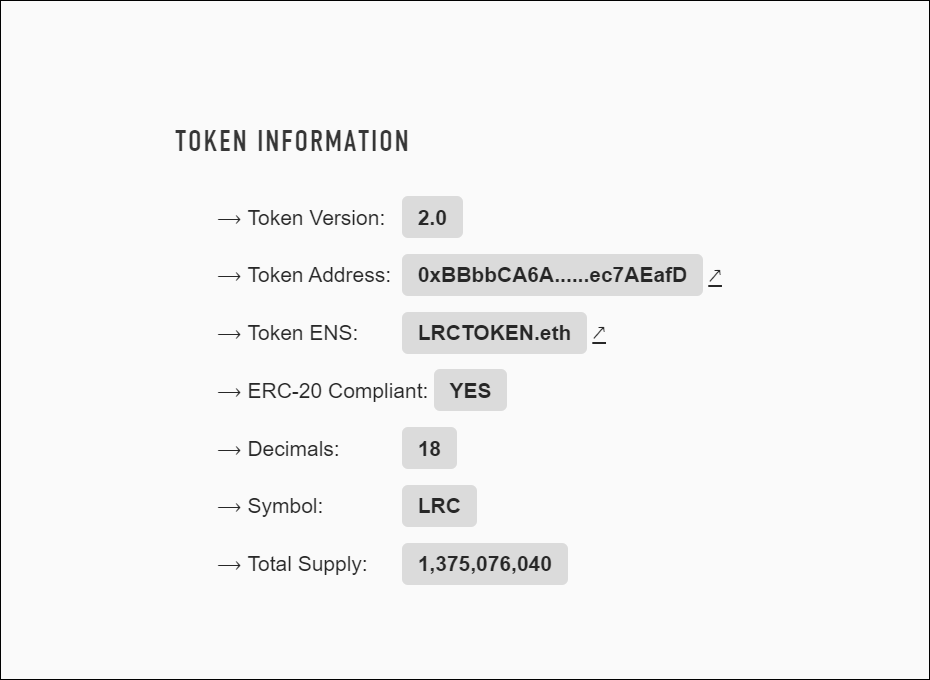
However, running an exchange using OCDP can lower the transaction throughput due to additional work put into securing data. Operators can choose not to use OCDP, but they must stake 1 million LRC tokens as a guarantee.
Ordinary users can also stake LRC. This is actually a service to the network, as staking can provide liquidity on Loopring-based exchanges. Users can earn a portion of the trading fees paid to the protocol as a staking reward. It’s estimated that 70% of fees are distributed to LRC stakers.
Tokenomics of LRC
The total supply of LRC is capped at 1.395 billion units. LRC is used to pay trading fees, but for each transaction, 10% is burned (permanently removed from circulation). 20% of the trading fee goes directly to the Loopring decentralised autonomous organisation (DAO), which is a decentralised governance system where users can vote on improvement proposals, and how the pool of funds should be spent.
How does zkRollup on Loopring work?
As you know, Loopring uses a scaling solution known as zkRollup. This technology can help process more transactions than what is possible on Ethereum. ZkRollup goes beyond simply processing transactions off-chain — it allows Loopring to be truly scalable through some ingenious designs.
To be truly scalable, Loopring doesn’t have to upload all thousands of transaction records on Ethereum. Instead, Loopring cryptographically summarizes a number of records into a data structure, which takes many inputs (a bundle of transactions) to give just one unique output.
In technical terms, this data structure is called a Merkle tree. The root of the Merkle tree (the one unique output) is processed one last time to give a cryptographic proof which gets uploaded onto the Ethereum main network.
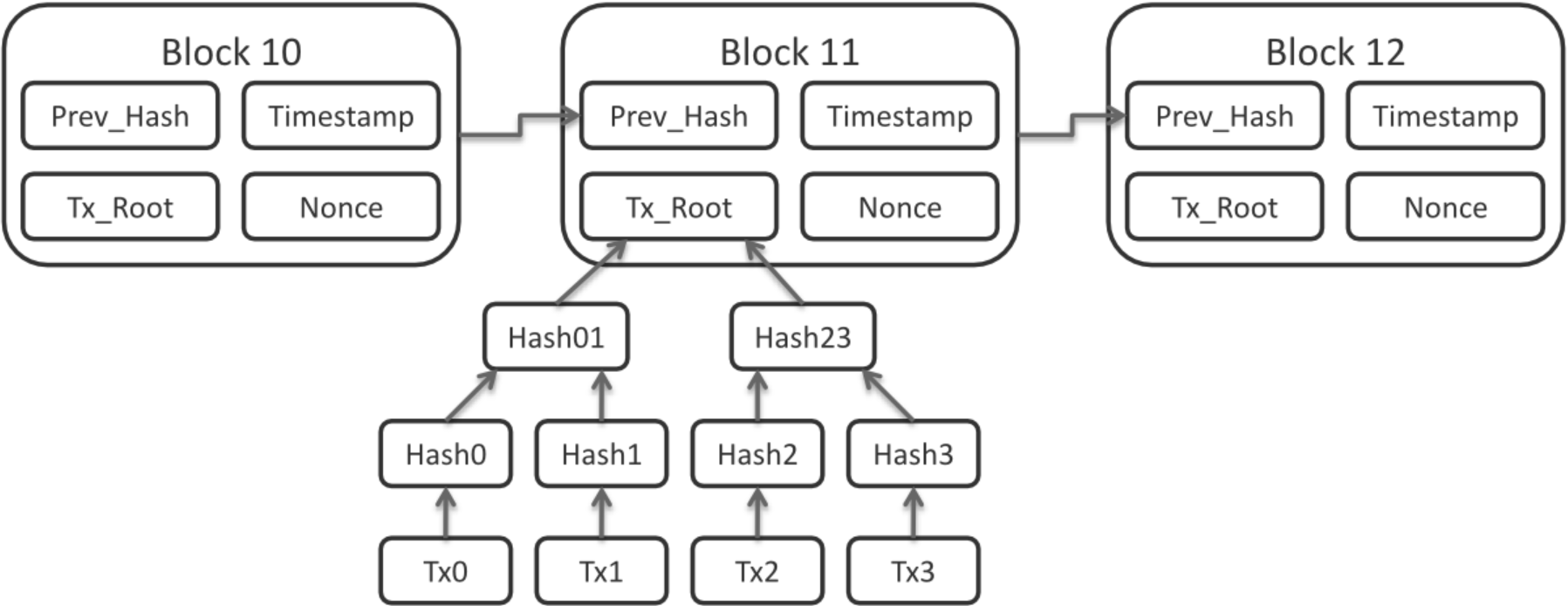
Essentially, this cryptographic proof is like a key that opens up the Merkle trees that will reveal every single transaction recorded by the Loopring protocol. Note that although zkRollups require higher-spec computers to create the cryptographic proofs, it isn’t like Bitcoin mining which uses application-specific hardware.
Related: What is Proof of Work? A Closer Look.
What is an Order Ring on Loopring?
The Order Ring is a Loopring innovation that makes trading even faster and more cost-efficient on Ethereum. Earlier, we mentioned that Loopring DEXs can combine their liquidity, and that traders can determine their own rates (the bid and ask prices) using the order book model.
In an ecosystem where tens of thousands of tokens get swapped every second, there must be a group of traders at one instance who can swap with each other, and have their orders partially or completely filled. All this can happen without relying too much on externally-sourced liquidity.
Here’s an example case:
- Antony wants to swap BTC for ETH.
- Brandon wants to swap ETH for ADA.
- Claire wants to swap ADA for BNB.
- Daniel wants to swap BNB for UNI.
- Farah wants to swap UNI for BTC.
Together, all five traders can swap with the next person and have the cryptocurrency that they wish to have. For example, Antony can take ETH from Brandon, and he can give BTC to Farah. Visually, in this example, the crypto assets “shifts” to the adjacent persons.
In the Loopring protocol, these five traders would have formed an Order Ring, which can at least partially fulfill each other’s trades. Any one of these traders will not need to find the specific market for trading the right asset pair. So, for instance, Daniel may not need to find a market specifically for trading between BNB and UNI, if there is any.
The Order Ring model is one ingenious way for the Loopring protocol to become slightly more efficient at processing swap transactions. In the long run, this slight edge can compound into larger rates of earnings for the Loopring DAO as well as Loopring stakers.
Who are the founders of Loopring?
Loopring’s founder Daniel Wang initially wanted to create a more efficient centralised exchange. In 2014, he founded Coin Port. However, he was unable to solve some of the problems that are actually inherent to centralised exchanges.
Eventually, the Loopring protocol was conceptualised and designed in 2017, and the token was released in 2018.
Jay Zhou holds the CMO position for Loopring and has previously worked in the Risk Operation Unit at Paypal. Steve Gou, who holds the title of CTO, and Brecht Devos hold the title of Chief Architect at Loopring.
Together, the core team and dozens of developers have built and maintained Loopring since 2017. As of November 2021, the most updated version of the protocol is Loopring 3.6. It supports up to 4.3 billion accounts, over 65,000 crypto coins and tokens, and 4.3 billion digital IDs.
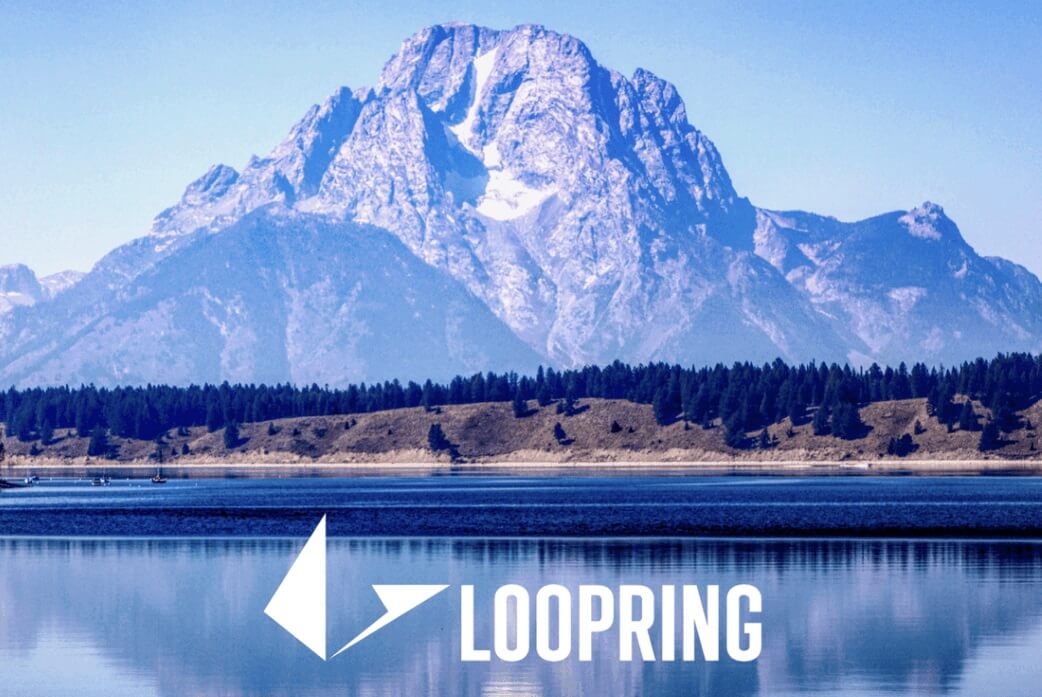
Loopring may be one of the most important players in the future of DeFi
DeFi is a relatively new space, first established in 2017 and became the center of attention in 2020. Because it is new, we still have so much to learn about the space, such as what makes it efficient, and how we can use decentralised resources in the best way possible.
While Ethereum will upgrade to Ethereum 2.0 to accommodate the growth of DeFi, Loopring will still have a role to play. In fact, Ethereum’s speed upgrade would only become magnified by Loopring’s protocol.
Ethereum has already established a symbiotic relationship with Loopring’s scalability solution. The protocol will likely give the main network a greater advantage over other networks.
How to Buy Loopring (LRC) in South Africa?
With all that said, what are your own thoughts on Loopring?
If you’re feeling bullish on the innovations and technology developed by Loopring, consider adding the LRC token to your crypto portfolio.
Easy Crypto South Africa is a non-custodial crypto exchange that offers over 160+ crypto assets for you to choose form, including Loopring (LRC).
As a non-custodial exchange, we deliver your crypto asets directly to your wallet, where you hold true ownership of your assets, unlike centralised exchanges.
That being said, remember to conduct your own research and assess your risk tolerance before investing in cryptocurrencies.

Invest in Loopring: Buy LRC tokens with Easy Crypto ZA.
Loopring (LRC) is just one of hundreds of cryptocurrencies that we offer here at Easy Crypto ZA. Our collection of supported crypto assets include:
- Stablecoins
- NFT Tokens
- Metaverse Tokens
- DEX (Decentralised Exchanges)
- DeFi (Decentralised Finance)
- And many more.
Checkout our YouTube video guide on how to easily buy crypto with Easy Crypto!
And if you want to follow along step-by-step, we’ve got a more detailed guide on how to buy crypto in ZA here.
Feel free to reach out to us if you’ve got any questions or inquiries on all things crypto. We’re always ready to help.
Further reading: Explore our learning Hub for all things crypto.
Share to
Stay curious and informed
Your info will be handled according to our Privacy Policy.
Make sure to follow our Twitter, Instagram, and YouTube channel to stay up-to-date with Easy Crypto!
Also, don’t forget to subscribe to our monthly newsletter to have the latest crypto insights, news, and updates delivered to our inbox.
Disclaimer: Information is current as at the date of publication. This is general information only and is not intended to be advice. Crypto is volatile, carries risk and the value can go up and down. Past performance is not an indicator of future returns. Please do your own research.
Last updated August 29, 2023



